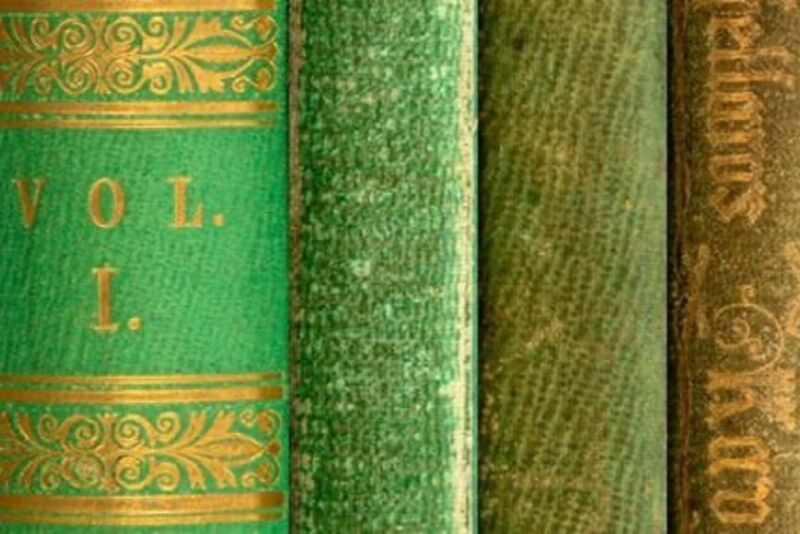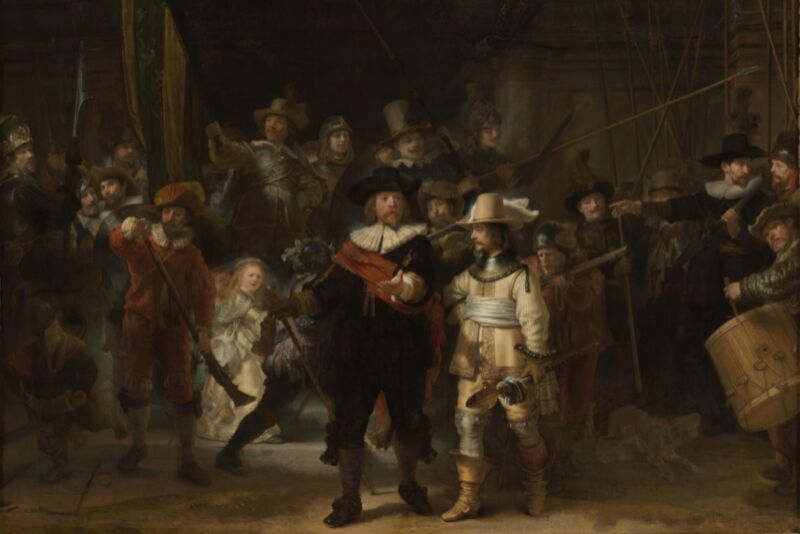That book is poison: Even more Victorian covers found to contain toxic dyes

Enlarge / Composite image showing color variation of emerald green bookcloth on book spines, likely a result of air pollution (credit: Winterthur Library, Printed Book and Periodical Collection)
In April, the National Library of France removed four 19th century books, all published in Great Britain, from its shelves because the covers were likely laced with arsenic. The books have been placed in quarantine for further analysis to determine exactly how much arsenic is present. It's part of an ongoing global effort to test cloth-bound books from the 19th and early 20th centuries because of the common practice of using toxic dyes during that period.
Chemists from Lipscomb University in Nashville, Tennessee, have also been studying Victorian books from that university's library collection in order to identify and quantify levels of poisonous substances in the covers. They reported their initial findings this week at a meeting of the American Chemical Society in Denver. Using a combination of spectroscopic techniques, they found that several books had lead concentrations more than twice the limit imposed by the US Centers for Disease Control (CDC).
The Lipscomb effort was inspired by the University of Delaware's Poison Book Project, established in 2019 as an interdisciplinary crowdsourced collaboration between university scientists and the Winterthur Museum, Garden, and Library. The initial objective was to analyze all the Victorian-era books in the Winterthur circulating and rare books collection for the presence of an arsenic compound called cooper acetoarsenite, an emerald green pigment that was very popular at the time to dye wallpaper, clothing, and cloth book covers. Book covers dyed with chrome yellow—favored by Vincent van Gogh—aka lead chromate, were also examined, and the project's scope has since expanded worldwide.
